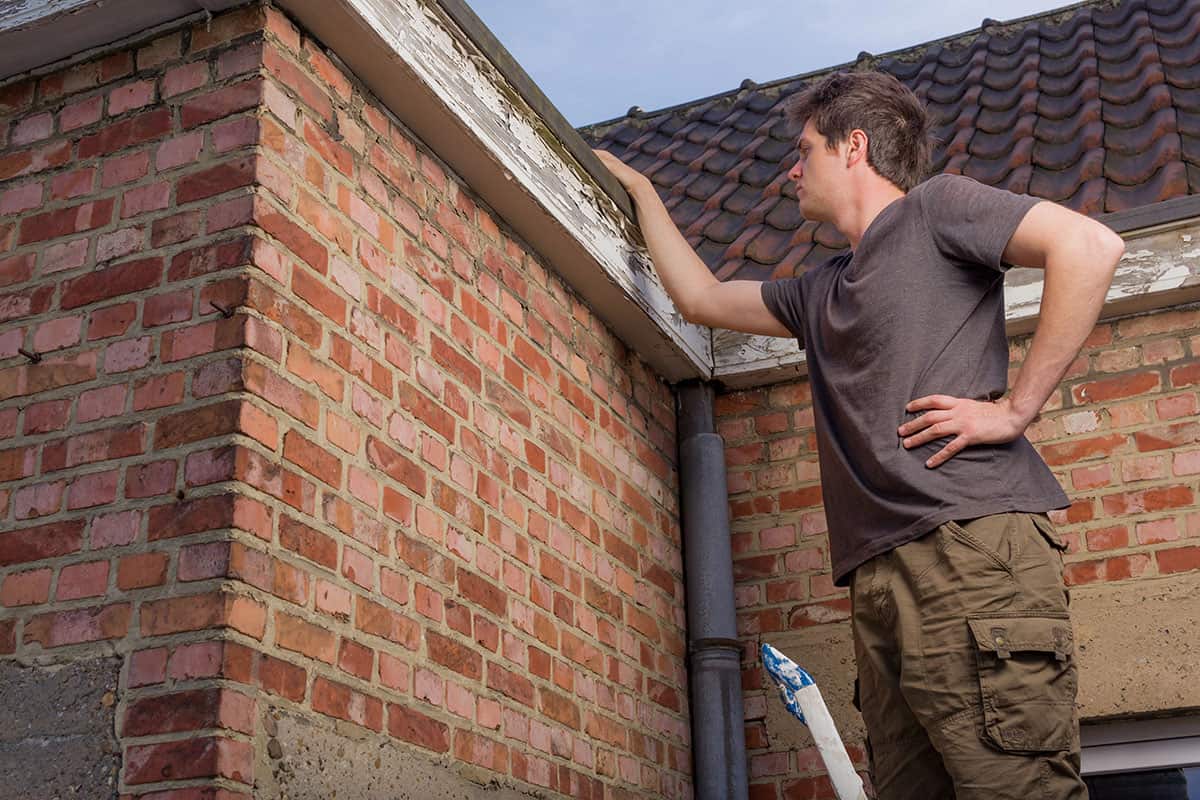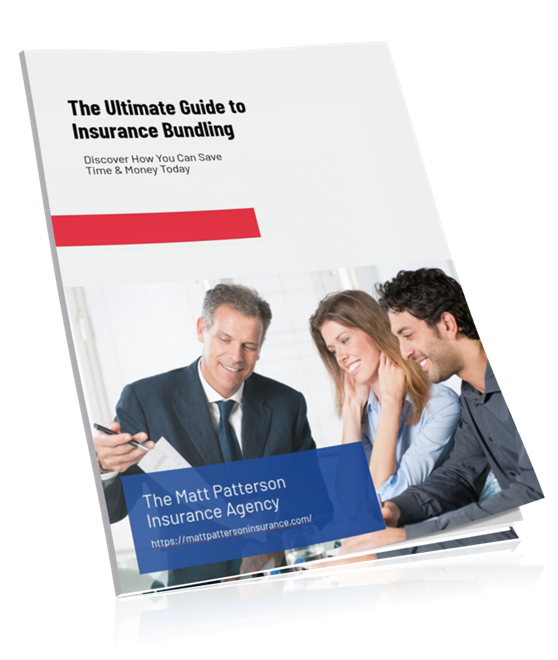Texas winters confuse both newcomers and insurance companies. While northern states worry about ice dams and frozen pipes, Texans face a different set of seasonal challenges that can trigger expensive insurance claims. The absence of snow doesn’t mean absence of risk, and the mild temperatures that define most winters create their own property hazards.
Then every few years, we get reminded that winter weather can turn destructive fast. February 2021 drove that lesson home hard when a winter storm brought sustained freezing temperatures across the entire state, knocked out power for millions, and caused an estimated $20 billion in damages. Burst pipes flooded homes. Families couldn’t heat their houses. Water systems failed. Insurance claims piled up by the thousands.
The truth is that winterizing has nothing to do with snow shovels and everything to do with protecting your home and finances from the specific threats our climate creates. A little preparation prevents massive headaches and potentially devastating insurance claims. Here’s what actually matters.
Protecting Pipes from the Freeze-Thaw Cycle
Burst pipes create some of the most expensive and damaging insurance claims homeowners face during winter. When water freezes inside pipes, it expands and can crack or rupture the pipe. When temperatures rise and the ice melts, water pours into your home, often for hours before you discover it.
Insulate exposed pipes in unheated areas like garages, attics, crawl spaces, and exterior walls. Foam pipe insulation is inexpensive and takes minutes to install. Pay special attention to pipes on exterior walls and in spaces that aren’t climate-controlled.
Disconnect and drain outdoor hoses and faucets before the first hard freeze. Water left in outdoor faucets can freeze, crack the faucet or the pipe behind it, and create leaks that damage your home’s structure. Shut off the water supply to outdoor faucets if you have dedicated shutoff valves.
Know where your main water shutoff is located and make sure everyone in your household knows too. If a pipe bursts, shutting off the main water supply immediately limits damage dramatically. The difference between discovering a burst pipe in five minutes versus five hours can be tens of thousands of dollars in damage.
During freeze warnings, let faucets drip slightly overnight. Moving water is harder to freeze than standing water. A slow drip from faucets on exterior walls provides insurance against freezing, and the small amount of wasted water costs far less than pipe repairs and water damage remediation.
Open cabinet doors under sinks on exterior walls during freezes. This allows warmer air from your home to circulate around the pipes, reducing freeze risk.
Preparing for Power Outages
The 2021 winter storm taught Texans that power outages can last far longer than a few hours. When temperatures drop and the grid gets stressed, being without electricity for days becomes a real possibility.
Have backup heating sources that don’t require electricity. Fireplaces, wood stoves, or propane heaters can keep at least one room of your home warm during extended outages. Never use outdoor grills or generators inside the home due to carbon monoxide risks.
Stock emergency supplies before winter weather threatens. Batteries, flashlights, battery-powered or hand-crank radio, non-perishable food, bottled water, manual can opener, and medications should be ready to go. Once a storm is forecasted, stores sell out of essentials within hours.
Charge power banks and devices before winter storms arrive. Phone communication becomes critical during emergencies, and having charged backup batteries extends your connectivity when power is out.
Consider a generator if your budget allows. Whole-house generators provide seamless backup power but cost thousands. Portable generators are more affordable and can run essential appliances, though they require safe outdoor placement and proper connection to avoid backfeeding electricity into power lines.
Understand what your homeowner’s insurance covers regarding spoiled food and additional living expenses during power outages. Coverage varies by policy, and knowing your limits ahead of time prevents surprise gaps when you need to file a claim.
HVAC Maintenance Before You Actually Need Heat
Your heating system sits idle most of the year, then you suddenly need it during a cold snap. If it’s not properly maintained, it can fail exactly when you need it most or create safety hazards.
Replace HVAC filters before winter. Dirty filters reduce efficiency, increase energy costs, and strain your system. This simple maintenance step takes five minutes and costs a few dollars.
Schedule professional HVAC inspection and servicing in the fall. Technicians check for issues, clean components, and ensure your system is ready for winter use. Finding problems during routine maintenance is far cheaper than emergency repairs when your heat stops working during a freeze.
Test your heating system on a mild day before you actually need it. Run it for 30 minutes and make sure it’s heating effectively, check for unusual smells or sounds, and verify that all rooms are getting adequate heat. Discovering problems when it’s 45 degrees outside gives you time to address them before it’s 25 degrees.
Check carbon monoxide and smoke detectors. Heating systems, fireplaces, and emergency heating sources all create potential carbon monoxide risks. Working detectors with fresh batteries are essential safety equipment during winter months.
Protecting Your Property’s Exterior
Winter weather often includes ice storms that damage roofs, trees, and outdoor structures. Prevention and preparation limit the damage.
Trim trees and remove dead branches before winter storms arrive. Ice accumulation makes branches heavy, and weak or dead branches break and damage roofs, vehicles, fences, and power lines. Removing hazards ahead of time prevents claims.
Clean gutters and downspouts in late fall. Clogged gutters create ice dams and water backup that can damage roofs and foundations. Proper drainage protects your home’s structure.
Inspect your roof for damaged or missing shingles. Winter storms exploit existing weaknesses. Small repairs done proactively prevent major damage when storms hit.
Bring in or secure outdoor furniture, decorations, and equipment. High winds during winter storms can turn lightweight items into projectiles that damage your home or your neighbor’s property.
Check weatherstripping around doors and windows. Proper sealing keeps warm air inside, reduces heating costs, and prevents pipes in exterior walls from getting as cold.
The Insurance Review You Need to Have
Winter preparation isn’t just about physical tasks. It’s also about understanding what financial protection you have if something goes wrong.
Review your homeowners policy coverage limits and deductibles. Do you know what you’re covered for? What your deductible is? Whether you have replacement cost or actual cash value coverage? Understanding this before you need to file a claim prevents unpleasant surprises.
Verify that you have adequate coverage for water damage from burst pipes. This is typically covered under standard homeowners policies, but limits and exclusions vary. Understand what’s covered and what’s not.
Check whether your policy includes coverage for additional living expenses if your home becomes uninhabitable. If winter damage forces you into a hotel for weeks while repairs happen, this coverage pays for temporary housing and meals.
Document your home and belongings with photos or video. If you need to file a claim, having documentation of your property’s condition and your possessions makes the process smoother and helps ensure appropriate compensation.
Consider whether your emergency fund could cover your deductible and living expenses during extended repairs. Insurance covers many costs, but not everything, and not instantly. Financial preparedness matters as much as policy coverage.
FAQs
What temperature should I maintain to prevent pipe freezing?
Keep your home at least 55 degrees, even when away. Opening cabinet doors under sinks allows warm air to circulate around pipes. During extreme cold, let faucets drip slightly to prevent freezing. The water cost is minimal compared to burst pipe repairs.
Does homeowners’ insurance cover foundation repairs?
Most policies exclude foundation damage from settling, soil movement, or poor drainage. However, they might cover sudden foundation damage from plumbing leaks. Document foundation conditions annually and maintain proper drainage to prevent uncovered damage.
When should I worry about tree limbs over my roof?
Any branch within six feet of your roof poses risks during winter storms. Dead branches should be removed immediately regardless of distance. Insurance might deny claims if fallen branches were obviously dead or diseased before causing damage.
How often should I check my attic during winter?
Inspect monthly during winter months, especially after temperature swings or rain events. Look for signs of roof leaks, pest activity, or moisture problems. Early detection prevents small issues from becoming major insurance claims.
What freeze damage does insurance typically cover?
Most policies cover burst pipe damage if you’ve maintained heat and taken reasonable precautions. They won’t cover damage from long-term leaks or if you’ve left the property vacant without proper winterization. Document your preventive measures.
What should I do immediately if a pipe bursts during a freeze?
Shut off your main water supply immediately to stop water flow. If you can safely access the burst pipe, shut off water to that specific area. Turn off electricity to affected areas if water is near electrical outlets or appliances. Document damage with photos. Contact your insurance company to start a claim. Begin water extraction and drying if safe to do so, or contact a water damage restoration company. Quick action limits damage and improves claim outcomes.
Are generators covered by homeowners insurance if they’re damaged during winter storms?
Portable generators are typically covered as personal property under your homeowners policy, subject to your deductible and coverage limits. Permanently installed whole-house generators might be covered as part of your dwelling coverage. However, damage from improper use or lack of maintenance may not be covered. Check your specific policy and verify that high-value generators are adequately covered within your personal property limits.
Does insurance cover the cost of spoiled food after power outages?
Many homeowners policies include limited coverage for food spoilage due to power outages, but limits are typically low, often $500 or less. Coverage usually applies only if the power outage resulted from a covered peril like ice storm damage to power lines. Extended outages due to grid failures may not be covered. Review your policy’s specific provisions regarding spoiled food and additional living expenses.
Preparation Beats Panic Every Time
Our winters are unpredictable. We can go years with nothing more severe than a few chilly mornings, then get hit with a storm that knocks out power statewide and causes billions in damage. You can’t control the weather, but you can control how prepared you are when it turns bad.
These winterizing steps aren’t about snow removal. They’re about protecting pipes, preparing for power outages, maintaining heating systems, securing your property, and understanding your insurance coverage. None of these tasks are complicated or expensive, but skipping them creates risks that can cost thousands when things go wrong.
Take a weekend before the extreme weather hits and work through this checklist. Insulate pipes, test your heating system, trim hazardous branches, review your insurance coverage, and build your emergency supplies. The time investment is minimal, and the financial protection is substantial.
Winter preparation isn’t about being paranoid. It’s about being realistic that severe winter weather will eventually happen again, and when it does, you want to be ready rather than caught off guard.








